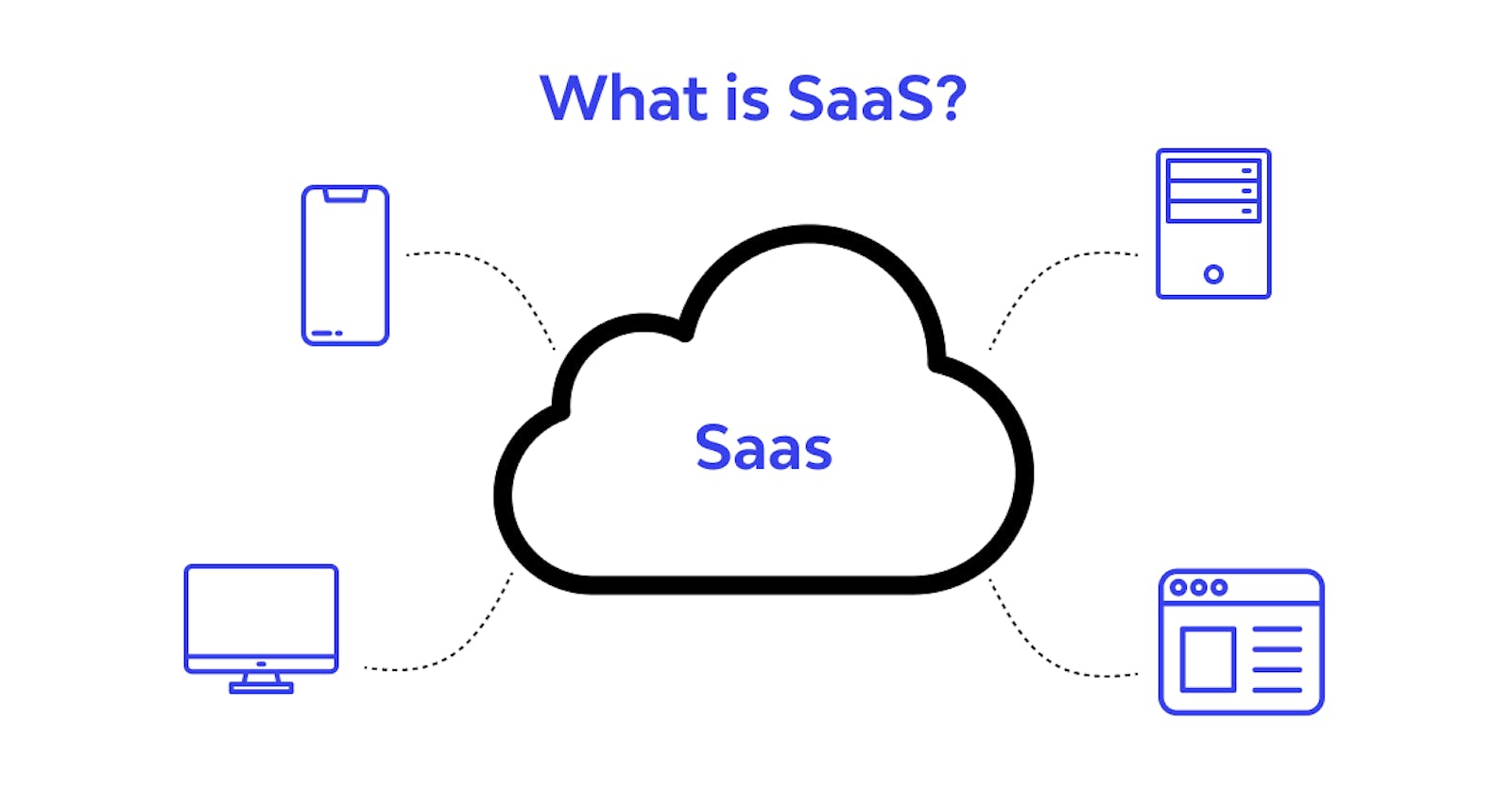Table of contents
No headings in the article.
Software as a Service (SaaS) is a popular software delivery model that allows users to access applications over the internet rather than installing them locally. Developing a SaaS application can be a rewarding experience, but it can also be challenging. In this article, I will guide you through the steps to begin writing a SaaS application.
Define the problem Before you start writing code, you need to define the problem that your SaaS application will solve. You need to understand your target audience and their needs, and define the features that your application should have to meet those needs.
Choose a technology stack Choosing the right technology stack is crucial when developing a SaaS application. You need to select technologies that are reliable, scalable, and secure. The most common technologies used for SaaS development are:
Front-end: HTML, CSS, JavaScript, React, Vue, Angular
Back-end: Node.js, Ruby on Rails, Django, Laravel, ASP.NET Core
Database: MySQL, PostgreSQL, MongoDB
You should also consider using cloud platforms such as Amazon Web Services (AWS), Microsoft Azure, or Google Cloud Platform (GCP) to host your application.
- Plan your architecture Once you have chosen your technology stack, you need to plan your architecture. You need to decide how you will structure your application, how you will store and manage data, and how you will handle user authentication and authorization.
You should also consider using a microservices architecture, which allows you to break down your application into smaller, more manageable components.
- Develop and test your application Once you have planned your architecture, it's time to start developing and testing your application. You should start with a minimum viable product (MVP) and gradually add features as you receive feedback from users.
It's important to test your application thoroughly to ensure that it is reliable, scalable, and secure. You should perform unit tests, integration tests, and end-to-end tests to identify and fix any bugs.
- Deploy and monitor your application Once you have developed and tested your application, it's time to deploy it to production. You should use a continuous integration and continuous deployment (CI/CD) pipeline to automate the deployment process.
You should also monitor your application to ensure that it is performing well and that there are no security vulnerabilities. You can use tools such as New Relic, Datadog, or AWS CloudWatch to monitor your application's performance.
In conclusion, developing a SaaS application can be a challenging but rewarding experience. You need to define the problem, choose the right technology stack, plan your architecture, develop and test your application, and deploy and monitor it. Remember to prioritize reliability, scalability, and security throughout the development process. Good luck on your SaaS journey!
